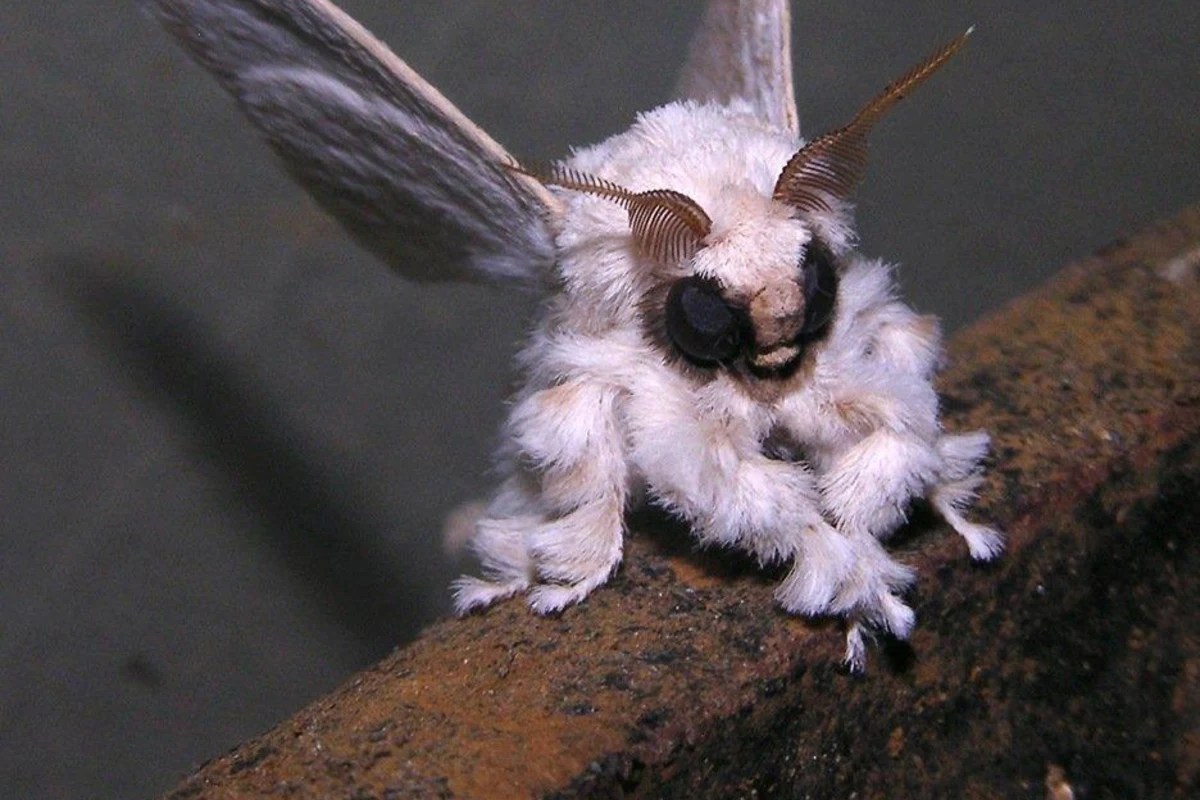In the realm of bizarre and fascinating creatures, the poodle moth stands out as one of nature's most intriguing specimens. With its unique appearance reminiscent of a fluffy poodle, this moth has captured the imagination of entomologists and nature enthusiasts alike. The poodle moth, known scientifically as "Artace crassicornis," was first discovered in Bolivia and has since sparked curiosity around the globe due to its unusual features. Its fluffy, curly appearance, much like that of a poodle, has led to comparisons that are both endearing and whimsical.
As you delve deeper into the wonders of the poodle moth, you'll find that it is not just a pretty face. This unique species possesses interesting behaviors and characteristics that make it a subject of study within the scientific community. From its habitat preferences to its lifecycle, the poodle moth embodies the complexity and diversity of the insect world. Join us as we explore the various facets of this remarkable creature and uncover what makes it so special.
In this article, we will answer some of the most pressing questions about the poodle moth, including its origins, physical traits, and role in the ecosystem. Whether you are a seasoned entomologist or simply someone with a passion for the peculiar, this exploration of the poodle moth will surely pique your interest and expand your knowledge about one of nature's most charming insects.
What is the Poodle Moth?
The poodle moth is a little-known species that has recently gained attention due to its striking resemblance to a poodle dog. It is characterized by its fluffy, white body covered in dense hair, giving it an appearance that is both adorable and unusual. This moth's unique morphology is not just for show; it serves practical purposes in the wild.
Where Can You Find the Poodle Moth?
The poodle moth is predominantly found in the mountainous regions of Bolivia. Its habitat consists of high-altitude environments where it can thrive in cooler temperatures. The moth has adapted to this niche, making it a rare sight outside its native range.
What Do Poodle Moths Eat?
Poodle moths, like many other moth species, primarily feed on nectar from flowers. Their long proboscis allows them to reach deep into tubular blooms, making them essential pollinators in their ecosystem. Additionally, they may consume other organic materials during their larval stage.
How Does the Poodle Moth Reproduce?
The reproductive habits of the poodle moth are similar to those of other moth species. Females lay eggs on suitable host plants where the larvae can find food once they hatch. The lifecycle of the poodle moth includes stages of egg, larva (caterpillar), pupa, and adult moth.
What Unique Features Does the Poodle Moth Have?
Aside from its fluffy appearance, the poodle moth possesses several unique features:
- Dense Hair: The dense hair covering its body helps the moth regulate temperature and provides camouflage against predators.
- Distinct Antennae: Its long, feathery antennae are sensitive to pheromones, aiding in mate attraction.
- Coloration: The primarily white coloration with hints of gray allows for blending in with the clouds in its high-altitude habitat.
How Does the Poodle Moth Fit into Its Ecosystem?
The poodle moth plays a vital role in its ecosystem as a pollinator. By feeding on nectar, it aids in the reproduction of flowering plants, ensuring the continuation of plant species in its habitat. Additionally, it serves as prey for various birds and other predators, contributing to the food web.
What Are the Conservation Status and Threats to the Poodle Moth?
Currently, there is limited information on the conservation status of the poodle moth. However, like many species in high-altitude environments, it may face threats from climate change and habitat loss. Conservation efforts are necessary to ensure the survival of this charming insect and its unique habitat.
How Can We Protect the Poodle Moth?
To protect the poodle moth and its habitat, we can take several steps:
- Support Conservation Initiatives: Contributing to organizations focused on habitat preservation can help protect high-altitude environments.
- Raise Awareness: Educating others about the poodle moth can increase interest and promote conservation efforts.
- Reduce Carbon Footprint: Taking actions to reduce climate change can help safeguard the habitats of many species, including the poodle moth.
What Can We Learn from the Poodle Moth?
The poodle moth is a testament to the wonders of evolution and adaptation. Its unique features and role in the ecosystem encourage us to appreciate the diversity of life on Earth. By studying such creatures, we gain insights into the interconnectedness of species and the importance of biodiversity.




